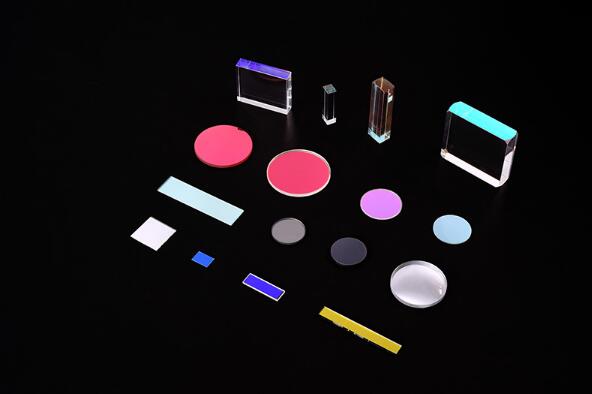News
Technology First Quality-Oriented Seek Excellence Integrity Future
|
What should you need to know about using color glass filters?Time:2018-03-30 Color glass filters used to be a necessity for film shooters. It was a way to correct for lighting and get specific effects. Digital photography has enabled us to set a custom white balance, eliminating a lot of correction filters and Tiancheng has taken over the creative aspect of filters, but digital SLR shooters still need some specific color filters. UV Filters Also commonly called as Sky or Skylight filters, these have nearly no color to them and are most commonly used to protect the end of the lens against scratches and dust. Their real purpose is to help cut through the haze and ultra-violet particles in the sky. Some purists frown upon using such filters to protect the end element of their lenses and say they decrease the quality and sharpness of the glass. Personally, I’ve always used them on all my lenses and encourage you to buy the best quality ones possible. No sense in being cheap on a filter after you’ve already spent a hefty sum on a lens. Neutral Density Filters The neutral density filters, called ND for short, are like sunglasses for your camera. They are gray in color and come in a variety of shades and can be stacked one on another. ND filters are used to control the amount of light coming into your camera and are most often used in very bright situations when you need long exposures or big depth of field. Additionally, ND graduated filters, called ND grad for short, is a filter that starts off as a graduated filter that fades to clear. These are particularly helpful for shooting photos of the horizon where the sky is very bright and the foreground is dark. The ND grad filter will allow you to restrict the amount of light coming in the top half of the framed image while allowing all the light in the bottom. Circular Polarizing Filters Perhaps the most common filter used on camera by photographers is a circular polarizing filter. The filter will rotate on the end of your lens and give you different results. It’s meant to be used to cut glare and reflection from glass and water and increase vibrancy in colors. While it’s possible to increase saturation during post processing you’ll still almost always have a better image when you do it in camera first. Additionally, there is no easy way to remove reflections in post processing, so a circular polarizing filter is a must-have for everything from architecture, water sports, automotive and anywhere else a reflection or glare is not desired. Post Processing In digital photography, post processing is where you will start to usedigital color filters that would have been traditionally used with film. A large number of third party filter, plugin and preset companies are out there to help you replicate and tweak your images. Nik, Kubota and OnOne are some of the more well known, but there are hundreds of smaller companies cranking out quality filters.
|





